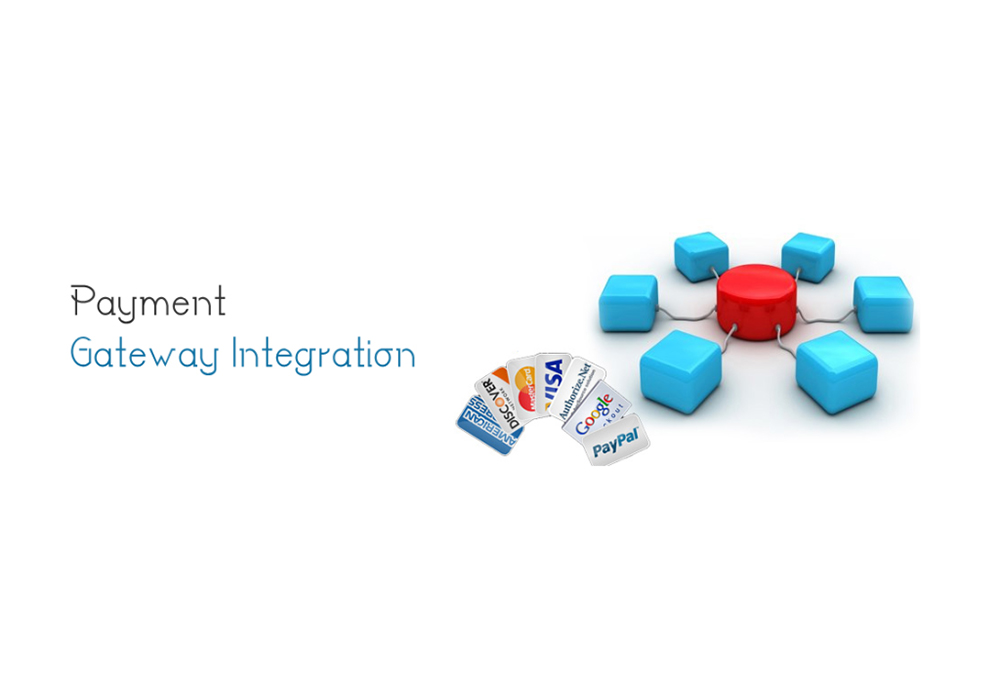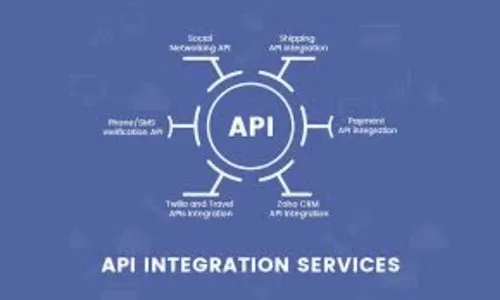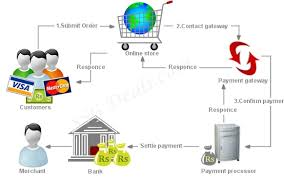AUTHOR : ADINA XAVIER
DATE : 22/09/2023
In today’s digital age, where e-commerce is booming, businesses need to ensure seamless payment processes to meet customer expectations. Payment Gateway API integration is the key to achieving this objective. In this comprehensive guide, we will delve into the world of Payment Gateway API integration, exploring its significance, benefits, and how to implement it effectively.
1. Understanding Payment Gateway API
Before we dive into the integration process, let’s clarify what a Payment Gateway API is. Simply put, it is the technology that facilitates the transfer of payment information between a merchant’s website also the payment processor. It acts as the bridge that securely transmits data, ensuring a smooth transaction process.
2. Why Integration Matters
Integrating a Payment Gateway API into your website or application is crucial for several reasons. Firstly, it streamlines the payment process, reducing friction for customers. Secondly, it enhances security by encrypting sensitive data. Lastly, it opens doors to various payment methods, catering to a wider customer base.

3. Benefits of Payment Gateway API Integration
- Enhanced Customer Trust: Secure transactions build trust among customers.
- Global Reach: Accept payments from around the world in various currencies.
- Reduced Cart Abandonment: Simplified payment processes[1] lead to fewer abandoned carts.
- Faster Transactions: API integration ensures swift payment processing.
- Improved Analytics: Gain insights into customer behavior and payment trends.
4. Choosing the Right Payment Gateway
Selecting the appropriate payment gateway[2] for your business is crucial. Factors to consider include transaction fees, supported countries, payment methods, also ease of integration. Popular options include PayPal, Stripe, and Square.
5. Steps to Integrate Payment Gateway API
The integration process can vary depending on your chosen gateway and platform. However, the general steps include:

- Create an Account: Register with your chosen payment gateway.
- Obtain API Credentials: Get API keys for integration.
- Integrate the API: Use provided documentation to integrate the API.
- Test Transactions: Ensure everything works smoothly.
- Go Live: Activate the integrated payment gateway.
6. Security Considerations
Security is paramount in Payment Gateway API integration. Always use encryption (HTTPS), implement two-factor authentication, and regularly update your security protocols to protect customer data.
7. Testing and Troubleshooting
Thoroughly test your integration to catch and fix any issues. Common problems may include payment failures or data synchronization errors.
8. Mobile Integration
With the rise of mobile commerce[3], ensure your Payment Gateway API is mobile-friendly. Responsive design also mobile SDKs are essential for a seamless mobile experience.
9. E-commerce Platforms and Payment Gateways
Different e-commerce platforms have varying compatibility with payment gateways. Ensure your chosen platform supports your selected gateway for a hassle-free integration.
10. User Experience Enhancement
Integrate a user-friendly interface with clear payment instructions to enhance the overall shopping experience.
11. Case Studies: Successful Integration Stories
Explore real-world examples of businesses that have thrived after implementing Payment Gateway API integration.
12. Future Trends in Payment Gateway API
Stay ahead of the curve by learning about emerging trends, such as biometric authentication and blockchain-based payments.

13. Common Challenges and How to Overcome Them
Discover the challenges businesses may face during integration also strategies to overcome them.
14. The Cost of Integration
While the benefits are substantial, it’s essential to understand the costs associated with Payment Gateway API integration.
15. A Look at Third-Party Plugins
While many payment gateways offer their own integration options, you can also consider third-party plugins and extensions if you’re using a popular e-commerce[4] platform like WooCommerce for WordPress or Magento. These plugins often simplify the integration process also offer additional features that can enhance your online store’s functionality.
16. Customization and Branding
When integrating a Payment Gateway API, don’t overlook the importance of customization. Ensure that the payment page aligns with your brand’s look and feel. This can enhance user trust and provide a seamless transition from shopping to payment.
17. Recurring Payments and Subscriptions
For businesses that offer subscription-based services or products, it’s crucial to have a payment gateway that supports recurring payments. This feature simplifies billing processes and provides convenience for both you and your customers.
18. International Expansion
As your business grows, you might consider expanding internationally. Your chosen payment gateway should support multiple currencies and also provide a straightforward way to manage international transactions. This will help you tap into new markets with ease.
19. Analytics and Reporting
Effective decision-making relies on data. Ensure that your Payment Gateway API integration provides robust analytics and reporting features. This data can help you identify trends, track conversion rates, and optimize your payment processes for better results.
20. Customer Support and Documentation
While integration should ideally be seamless, issues may arise. Ensure that your chosen payment gateway offers reliable customer support and comprehensive documentation[5]. This will be invaluable in case you need assistance or run into technical challenges.
21. Staying Compliant
Payment industry regulations, such as PCI DSS (Payment Card Industry Data Security Standard), are vital to ensure the security of payment data. Keep your integration compliant with these standards to protect both your business and your customers.

22. Conclusion
In conclusion, Payment Gateway API integration is a game-changer for businesses aiming to provide a seamless payment experience. By following best practices and prioritizing security, you can enhance customer trust, expand your reach, and boost your revenue.
FAQs
- What is a Payment Gateway API?
- A Payment Gateway API is a technology that enables the secure transmission of payment information between a merchant’s website and a payment processor.
- How do I choose the right payment gateway for my business?
- Consider factors such as transaction fees, supported countries, payment methods, and ease of integration when selecting a payment gateway.
- Is Payment Gateway API integration secure?
- Yes, when implemented correctly with proper security measures, Payment Gateway API integration is highly secure.
- Can I integrate multiple payment gateways into my website?
- Yes, you can integrate multiple payment gateways to offer customers more options.
- What are the future trends in Payment Gateway API integration?
- Emerging trends include biometric authentication and blockchain-based payments.
Get In Touch





